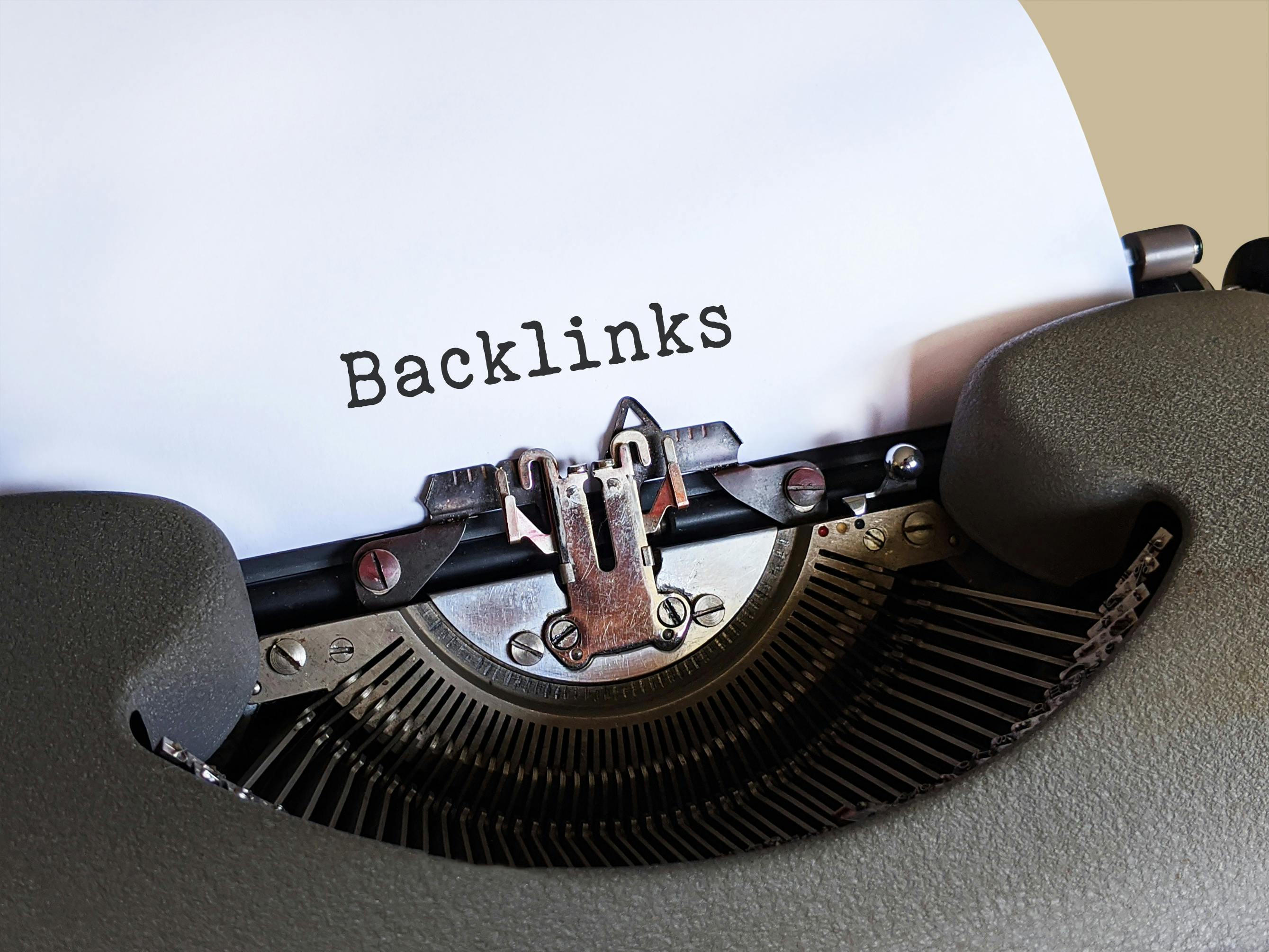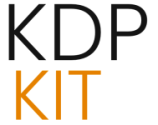The Hybrid Horizon: Print and Digital’s Powerful Partnership in 2025

The publishing world in 2025 is a testament to adaptation and innovation. While digital publishing continues its dynamic trajectory, marked by the increasing demand for personalized and interactive content, print is far from obsolete. In fact, it’s finding new life by integrating with digital strategies, creating a powerful synergy that caters to a diverse readership. This isn’t a battle between old and new; it’s a harmonious coexistence where each format enhances the other.
The Unwavering Allure of Print in a Digital Deluge
Even with the constant hum of digital notifications, there’s a quiet power in the printed word. Many readers still find solace and satisfaction in the tangible experience of a physical book or magazine. This enduring appeal is rooted in sensory engagement—the feel of the paper, the weight of a bound volume, and the distinct smell of ink. These elements contribute to a more immersive and focused reading experience, often free from the digital distractions that can fragment our attention.
Print as a Respite from Digital Saturation
The sheer volume of digital information can lead to a sense of overload. Print offers a deliberate escape, a curated consumption of content that feels more permanent and crafted than many ephemeral online articles. This perceived permanence fosters a deeper connection with the material, allowing for a more mindful engagement with stories and information.
The Tangible Value Proposition
For advertisers, print offers a less intrusive and often more impactful way to reach consumers. The physicality of print lends an air of credibility and authority to advertisements, and readers tend to be more engaged with tangible ad content. This selective consumption means audiences are often more invested, leading to higher recall for both editorial and advertising messages.
Navigating the Evolving Landscape of Publishing
The publishing industry is in a constant state of flux, driven by technological advancements and shifting consumer behaviors. Staying abreast of these developments is crucial for anyone involved in creating, distributing, or consuming published content.
Digital Publishing’s Dynamic Trajectory
The digital publishing sector is characterized by rapid innovation. New platforms and technologies emerge at an unprecedented rate, presenting both opportunities and challenges. Publishers must remain agile, adapting to trends like the increasing demand for personalized and interactive content, which includes multimedia integration such as embedded videos and audio clips.
The Interplay Between Print and Digital
The relationship between print and digital publishing is not one of opposition but of complex interplay. Many publishers are embracing hybrid strategies, using digital platforms to promote print offerings and creating digital versions of their print publications. This approach ensures a cohesive brand presence across multiple channels, catering to diverse reader preferences.
Cross-Platform Content Strategies
Successful publishing houses are increasingly focusing on cross-platform content strategies. This involves creating content that can be seamlessly adapted and distributed across various digital and print channels. For example, a magazine feature might become a series of blog posts, social media updates, and even a podcast episode, ensuring content reaches the widest possible audience.
Innovation and Adaptation in the Publishing Industry. Find out more about resurgence of print in digital age.
The publishing industry is a prime example of how tradition can embrace innovation to remain relevant and thrive.
Technological Advancements Shaping the Future
Artificial intelligence (AI) is revolutionizing editorial workflows, content personalization, and even content generation. Similarly, advancements in digital printing technology are making high-quality, on-demand print production more feasible and cost-effective, blurring the lines between traditional and digital production. As noted in industry analyses for 2025, AI is becoming an integral part of the publishing workflow, assisting with everything from grammar correction to market trend analysis.
Personalization and Reader Engagement
A significant focus in publishing is the drive toward greater personalization and reader engagement. Publishers are investing in data analytics and customer relationship management tools to understand their audiences better and tailor content to individual interests. This can include personalized newsletters, customized content recommendations, and interactive features that transform passive consumption into active participation.
The Rise of Niche Publications
In contrast to mass-market media, there’s a growing trend toward niche publications catering to highly specific interests and communities. These publications, whether in print or digital format, thrive by offering in-depth content and fostering a strong sense of belonging. This focus allows them to build loyal followings and command premium pricing, proving that deeply relevant information has a robust market regardless of the medium.
Monetization Models in the Digital Sphere
The digital sphere offers a complex array of monetization models. While advertising remains significant, its effectiveness is constantly being re-evaluated. Subscription models, paywalls, sponsored content, and e-commerce integrations are being explored as publishers seek sustainable revenue streams. Diversifying revenue streams is becoming critical for long-term success.
Content Creation and Distribution Channels: A Modern Approach
The way content is created and distributed has undergone a significant transformation, empowering new creators and demanding new strategies from established publishers.
The Shifting Dynamics of Content Creation
The democratization of publishing tools has empowered a new generation of creators. This shift has led to a proliferation of diverse voices, but it also presents challenges in terms of content quality and discoverability. Publishers are adapting by curating content and developing new editorial standards for the digital age.
Leveraging Social Media for Reach and Engagement. Find out more about enduring appeal of tangible media guide.
Social media platforms are indispensable tools for publishers seeking to expand their reach and engage with audiences. Strategic use of platforms like TikTok, Instagram, and X (formerly Twitter) allows publishers to share content, promote new releases, interact with readers, and build communities. Understanding the unique dynamics of each platform is key to maximizing their effectiveness.
The Role of Search Engine Optimization (SEO)
Search engine optimization remains critical for digital publishing success. Ensuring content is discoverable through search engines like Google is paramount for attracting organic traffic. This involves keyword research, on-page optimization, and building high-quality backlinks. Publishers are continuously refining their SEO strategies to adapt to evolving search algorithms.
Email Newsletters and Direct Audience Communication
Despite the rise of social media, email newsletters continue to be a powerful tool for direct audience communication. They offer a controlled and intimate channel for publishers to deliver content, promote products, and build relationships. Well-crafted newsletters can drive significant traffic, foster loyalty, and serve as a valuable source of direct revenue.
Audience Engagement and Community Building: The Heart of Publishing
In today’s fragmented media landscape, cultivating reader loyalty and building a strong community around a publication are paramount objectives.
Cultivating Reader Loyalty in a Fragmented Market
Achieving reader loyalty involves not only delivering high-quality content but also fostering a sense of community and connection. Publishers are exploring strategies like exclusive content for subscribers, interactive forums, and personalized engagement initiatives to build these relationships.
The Importance of Feedback Loops
Establishing robust feedback loops is essential for publishers to understand and respond to audience needs. Soliciting reader comments, conducting surveys, and monitoring social media conversations allow publishers to refine their content strategies and improve user experience. By actively listening, publishers can build stronger, more engaged communities.
Interactive Content and User-Generated Contributions
Interactive content, such as quizzes and polls, can significantly boost reader engagement. Furthermore, encouraging user-generated content, like reader submissions and reviews, can transform passive readers into active participants, building a vibrant community. This co-creative approach leads to richer content and a deeper sense of ownership among the audience.
Building Brand Authority and Trust
In an age of information overload, building brand authority and trust is critical. Publishers achieve this by consistently delivering accurate, well-researched content, being transparent about their editorial processes, and engaging ethically with their audience. A reputation for reliability and integrity is a valuable differentiator.
The Economic Realities of Publishing in 2025. Find out more about print as counterpoint to digital saturation tips.
The publishing industry’s economic models are continually evolving, with publishers seeking sustainable revenue streams in a competitive market.
Navigating the Shifting Advertising Landscape
The advertising landscape has seen a significant migration of ad spend from traditional print to digital platforms. Publishers are grappling with this transition, seeking innovative ways to monetize their content and attract advertisers in the digital realm through native advertising, programmatic advertising, and sponsored content.
Subscription Models and Revenue Diversification
Subscription models have emerged as a vital revenue stream, offering more predictable income than advertising. This includes various approaches like metered paywalls, all-access subscriptions, and membership programs. Diversifying revenue streams beyond advertising and subscriptions, through events or e-commerce, is a key strategy for economic resilience.
The Cost of Content Production
The cost of producing high-quality content remains a significant consideration. This includes expenses for editorial staff, research, photography, design, and printing. In the digital space, costs extend to technology infrastructure and digital marketing. Efficient resource management is crucial for profitability.
Print’s Continued Economic Viability
Despite the dominance of digital, print publishing demonstrates economic viability, especially for certain content types and audiences. High-quality magazines and specialty journals often command premium prices and attract advertisers willing to pay for access to engaged, niche audiences. The tactile nature and perceived value of print can also translate into higher conversion rates for certain marketing objectives.
The Future of Print and Digital Integration
The future of publishing lies in the synergistic relationship between print and digital formats, recognizing their complementary strengths.
Synergistic Relationships Between Formats
Digital platforms can drive discovery and engagement with print content, while print offers an immersive experience that complements digital offerings. This integrated approach allows for a more comprehensive and satisfying reader journey.
Augmented Reality and Interactive Print. Find out more about value proposition of print publications strategies.
Emerging technologies like augmented reality (AR) are bridging the gap between print and digital. By embedding AR triggers in print publications, publishers can unlock interactive digital experiences, enhancing reader engagement with the physical page.
Data Analytics for Enhanced User Experience
The vast data generated by digital platforms provides publishers with invaluable insights into reader behavior. By leveraging data analytics, publishers can optimize content delivery, personalize user experiences, and identify emerging trends, ensuring content remains relevant and engaging.
Print’s Role in Brand Building and Tactile Marketing
Print continues to play a crucial role in brand building and tactile marketing. The physical presence of a well-designed print publication can create a lasting impression and convey quality. For certain brands, the tangible nature of print offers a unique opportunity to connect with consumers on a sensory level, fostering deeper emotional connections and brand loyalty.
Conclusion: A Hybrid Future for Publishing
The narrative surrounding print publishing is not one of decline but of evolution and adaptation. While digital media has transformed the landscape, print continues to hold its ground, offering unique advantages in reader engagement, brand perception, and advertising impact. Its enduring relevance is a testament to the fundamental human desire for tangible experiences and focused content consumption.
The Enduring Relevance of Print
Print’s continued strength lies in its ability to offer a focused, immersive experience that digital media often struggles to replicate. This, combined with its tactile appeal, ensures its place in a diversified publishing future.
Embracing a Multi-Platform Strategy
The most successful publishers in the coming years will embrace comprehensive multi-platform strategies. This involves understanding the distinct strengths of both print and digital formats and creating content that seamlessly integrates across channels. By offering diverse reading experiences and engaging audiences wherever they are, publishers can ensure their continued growth and relevance.
The Continued Evolution of Digital Publishing
The digital publishing sector will undoubtedly continue its rapid evolution, driven by technological innovation and shifting consumer expectations. Publishers must remain agile and forward-thinking, constantly exploring new tools, platforms, and content formats to stay ahead of the curve.
A Harmonious Coexistence
Ultimately, the future of publishing is likely to be characterized by a harmonious coexistence between print and digital. By leveraging the strengths of each format, publishers can create a richer, more engaging, and sustainable ecosystem for content creation and consumption. The celebration of print is not a rejection of digital, but an acknowledgment of print’s enduring power and its vital role in a diversified publishing future. As we look ahead, the publishing industry in 2025 is poised for exciting developments. The key for all of us—whether we’re authors, publishers, or avid readers—is to embrace this hybrid future with an open mind and a willingness to adapt. The stories are waiting to be told, and the ways we can share them are more varied and exciting than ever before. What are your favorite print publications today, and why do you think they continue to resonate? Share your thoughts in the comments below!







